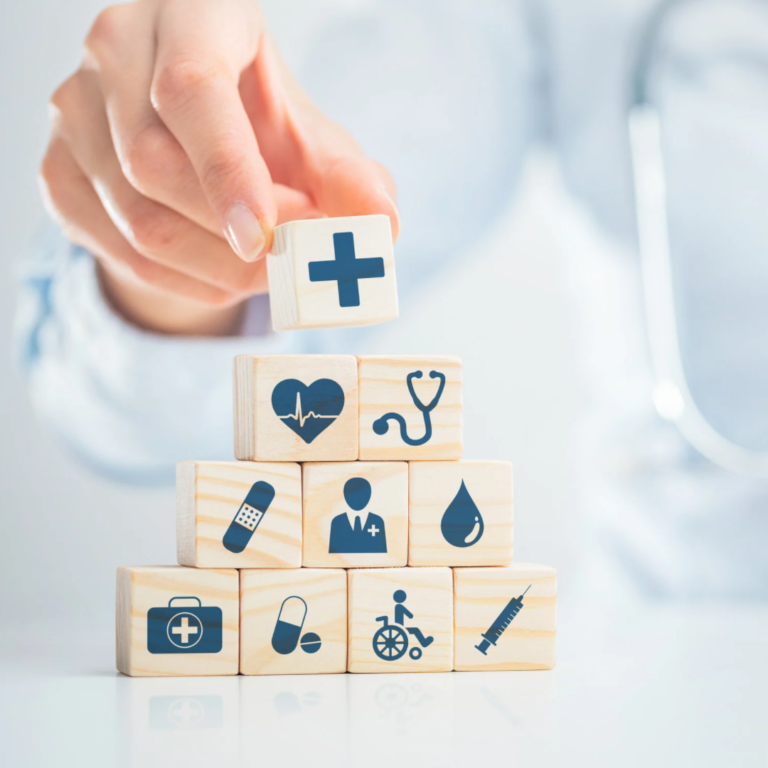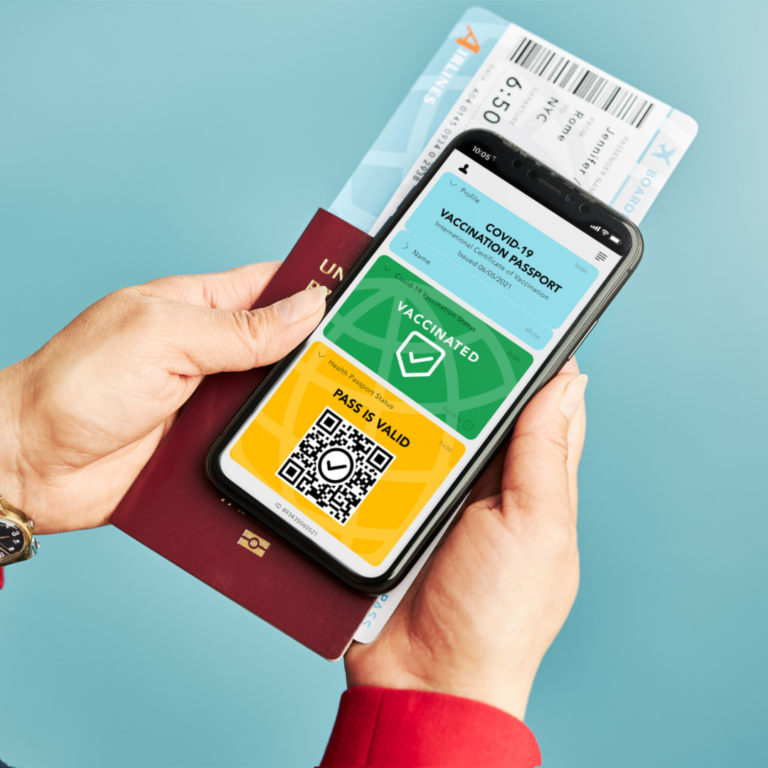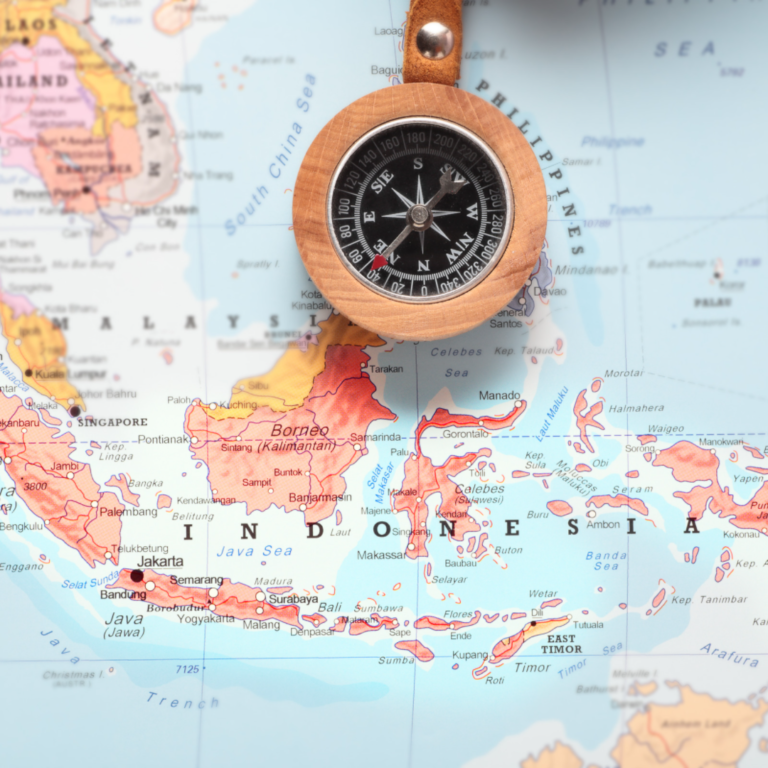Digitalization has fundamentally changed everyday life. New digital technologies open new treatment approaches and ways for the healthcare system to get in touch with patients.
Due to the outbreak of the coronavirus, the telehealth technologies are gaining increasing attention. Social distancing is still an important factor in the fight against COVID-19 to minimize the rate of spread.
There are already numerous technologies and apps allowing measurement and monitoring of health status. Various health data and location data in the form of heart rate, diet plan, or location can be measured and collected by providers and be used for further analysis.
What is Telehealth?
Health information technology refers to various technologies that enable the storage, sharing, or analysis of health information. Health IT includes practice management systems or online patient portals. Telehealth is a special category of technology that provides health information, clinical care, and health education via a platform.
Telehealth, also referred to as telemedicine it allows two-way communication using electronic communication and software programs to monitor the health conditions of people. The federal Health Resources and Service Administration defines Telehealth as “The use of electronic information and telecommunications technologies to support long-distance clinical health care, patient and professional health-related education, public health and health administration.”
Different Types of Telehealth Technology
1. Store-and-forward:
Store-and-Forward is one of the oldest and most widely used telehealth technologies. A provider simply passes on information and pictures. For example, when a doctor takes digital x-rays of you and sends them to a specialist for analysis, they typically use store-and-forward technology.
2. Video Communication and Real-Time Audio:
Real-time communication using a video-enabled device is often in demand today and is becoming increasingly important. Patients can contact a doctor regardless of their location. Video communication makes doctors and patients much more flexible and reduces waiting time for patients. Furthermore, patients with minor illnesses no longer need to go directly to the doctor but can contact him comfortably from home and pick up the required medication directly from a pharmacy after a diagnosis is given.
3. Remote Patient Monitoring:
The monitoring of a patient’s health status and other clinical health information from a distance is referred to as remote patient monitoring. The constant monitoring enables doctors to react immediately to changes in the data, which minimizes the risks and consequential damage that occur. Especially in the treatment of chronic diseases such as diabetes and asthma, the use of this technology is extremely effective and simplifies the everyday life of doctors and patients.
Benefits
The fusion of new digital technologies with healthcare simplifies direct contact between doctors and patients. Digital platforms and services create a new communication channel, through which both parties may get in touch in the digital space. The risk of infection from full waiting rooms and coughing patients can be reduced considerably and doctors can essentially work more effectively.
With a digital patient file and the evaluation of health data, it is easier for doctors to get an overview of the patient’s state of health before visiting. Therefore, the diagnosis can be made on a well-founded database.
Conclusion
The development of telehealth is increasingly high, especially during the COVID19 pandemic. Data security and trust in providers of digital telehealth technologies pose a major problem for many people. Nevertheless, the use of digital technologies shows enormous potential and will significantly influence and change the healthcare system in the future.
We will continue to discuss telemedicine in our next blog on data security and how individuals can protect their medical information.











